There’s nothing wrong with buying a flipped house—unless it was rushed and purely cosmetic. Fast flips often focus more on surface appeal than structural integrity, and buyers are left paying the price down the line. A little staging and a fresh coat of paint might look great in listing photos, but underneath it all could be a rushed job with cut corners. If you’re house hunting and trying to spot the difference between thoughtful renovation and hasty flip, these 13 design features can be red flags.
1. Identical gray walls throughout
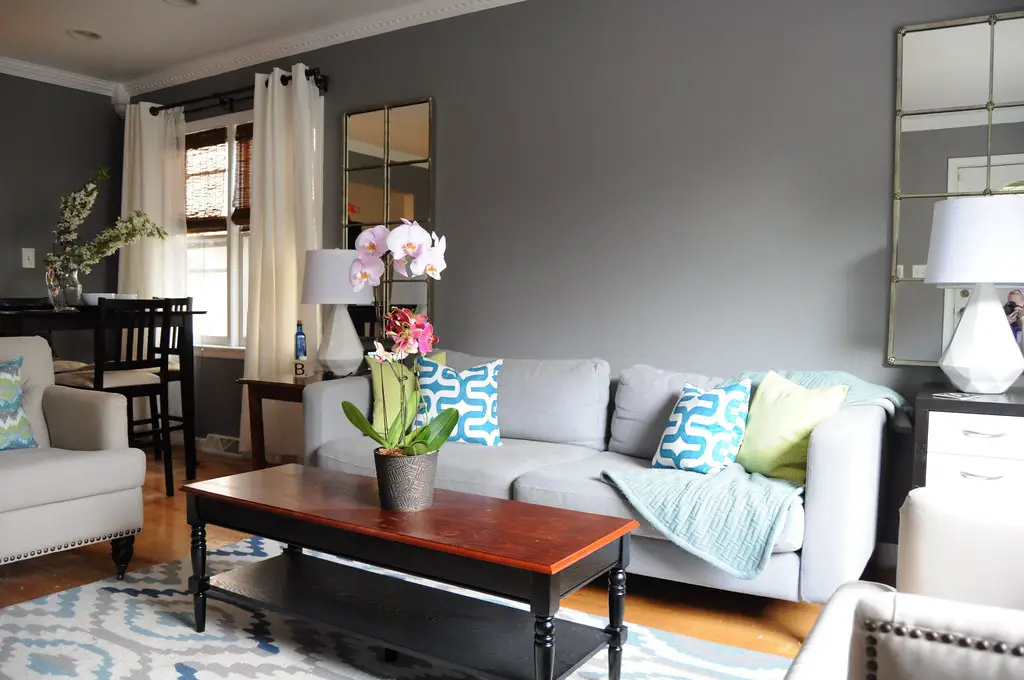
Neutral grays are the go-to for flippers because they’re safe, inoffensive, and easy to pair with just about anything. According to Zillow, homes with light gray interiors sold faster in recent years, making the color a strategic (but sometimes lazy) choice. When every single room—bathrooms, bedrooms, hallways—is painted the exact same shade of gray, it’s often a sign that no real design consideration went into the space. It usually means the flipper prioritized speed and resale appeal over uniqueness or cohesion.
While gray paint isn’t inherently bad, it can suggest a lack of effort when used without variation. Flippers working on tight timelines and budgets may grab one paint bucket and go to town just to check a box. Look closely: Are the trims and ceilings also painted gray to save time? That’s a subtle giveaway of rushed work and generic planning.
2. Trendy-but-cheap lighting fixtures
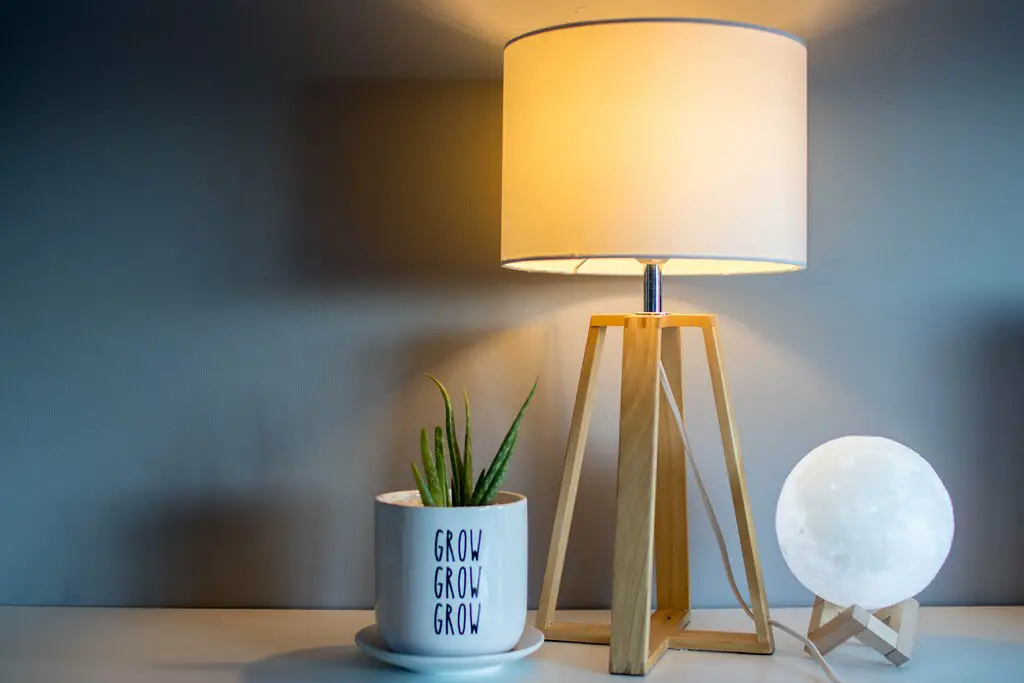
Lighting is one of the easiest ways to add perceived value, and flippers know this. As noted by Forbes, design-forward lighting can increase buyer interest—but that doesn’t mean the lights are high quality. If you see a mid-century “Sputnik” chandelier or farmhouse-style lanterns that look straight out of a bulk order, they were probably installed for show. Cheaply made trendy lighting may burn out quickly or show wear in just a few months.
A thoughtful renovation would invest in better fixtures or ensure they match the home’s overall style. Fast flips often just throw in whatever’s popular on Instagram. Look for inconsistent styles—say, a coastal bathroom light in a home with an otherwise industrial vibe. That usually means a hurried attempt to seem stylish without real design thinking.
3. Obvious peel-and-stick backsplash
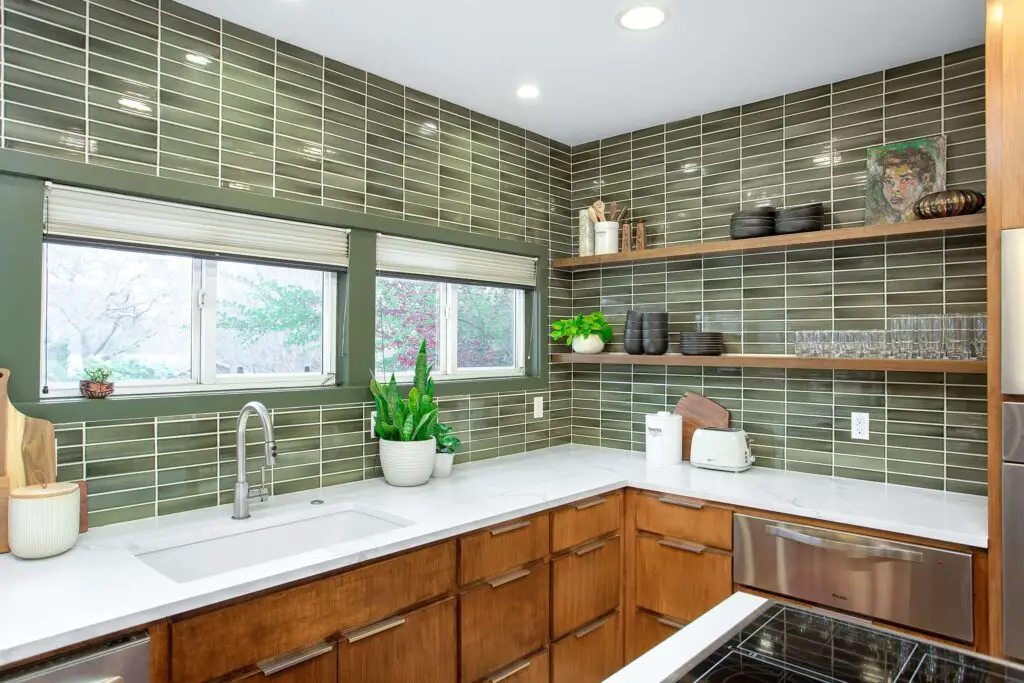
Backsplashes can completely change the look of a kitchen, but not all are created equal. According to The Kitchn, kitchens with updated backsplashes see higher buyer interest—but that’s often led to shortcuts like peel-and-stick tile. If you tap the backsplash and it sounds hollow or you see uneven seams, it’s probably a stick-on. These products can start peeling, especially in areas exposed to heat and moisture.
Peel-and-stick materials are a go-to for flippers who want quick visual impact without paying for tilework. While there are some good quality versions, most aren’t designed for longevity. Check corners and edges—flimsy install jobs often start lifting there first. In a proper reno, the backsplash is integrated into the kitchen, not slapped on like a sticker.
4. Overuse of builder-grade finishes
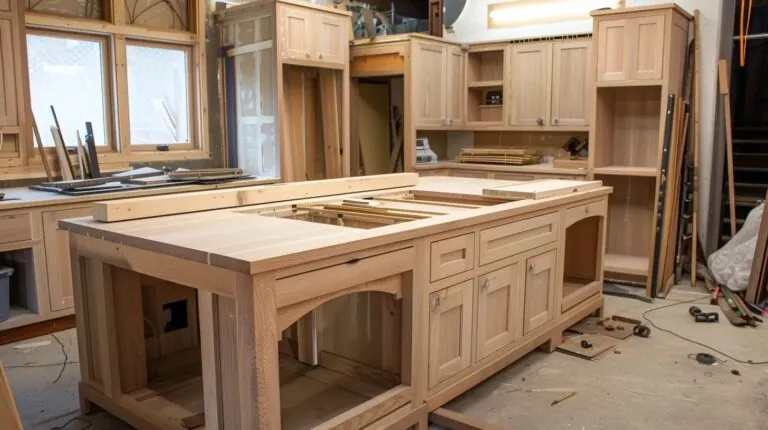
There’s a reason you keep seeing the same vinyl flooring, granite counters, and shaker cabinets in flipped homes. As noted by Forbes, builder-grade materials offer a good return on investment but are rarely the best in terms of durability or style. If every surface looks like it came straight from the clearance section of a home improvement store, it might have. These finishes are chosen to look acceptable in listing photos, not to last.
You’ll often find inconsistent material choices—say, a quartz-look laminate in one bathroom and faux marble in another. That’s because flippers use what’s available and affordable at the time, not what’s best for the space. Take note if the cabinets feel hollow or the countertops easily scratch. A quality flip takes materials seriously, not just cosmetically.
5. Misaligned or overly tight floorboards
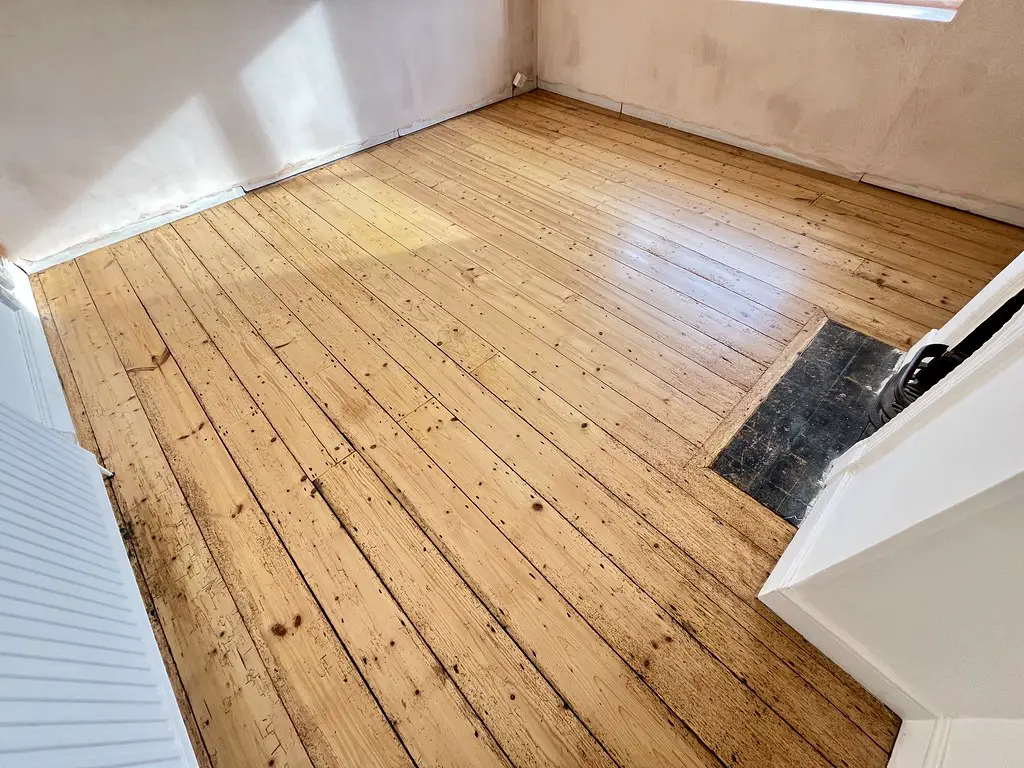
Flooring is expensive and time-consuming to install correctly, which is why rushed flips often reveal flaws here. You might notice uneven gaps between boards or planks that don’t align across thresholds. That usually means the installer skipped prep steps like leveling or acclimating the material. Improper installation can lead to creaks, buckling, or visible separation later.
Luxury vinyl plank (LVP) is a common flip-flooring material because it’s cheaper and faster to install than hardwood. But even LVP requires proper technique. Flippers in a rush might skip underlayments or rush the cuts around door frames. Take a walk through and listen: If the floors pop or feel spongy, that’s not a good sign.
6. Awkward open-concept layouts
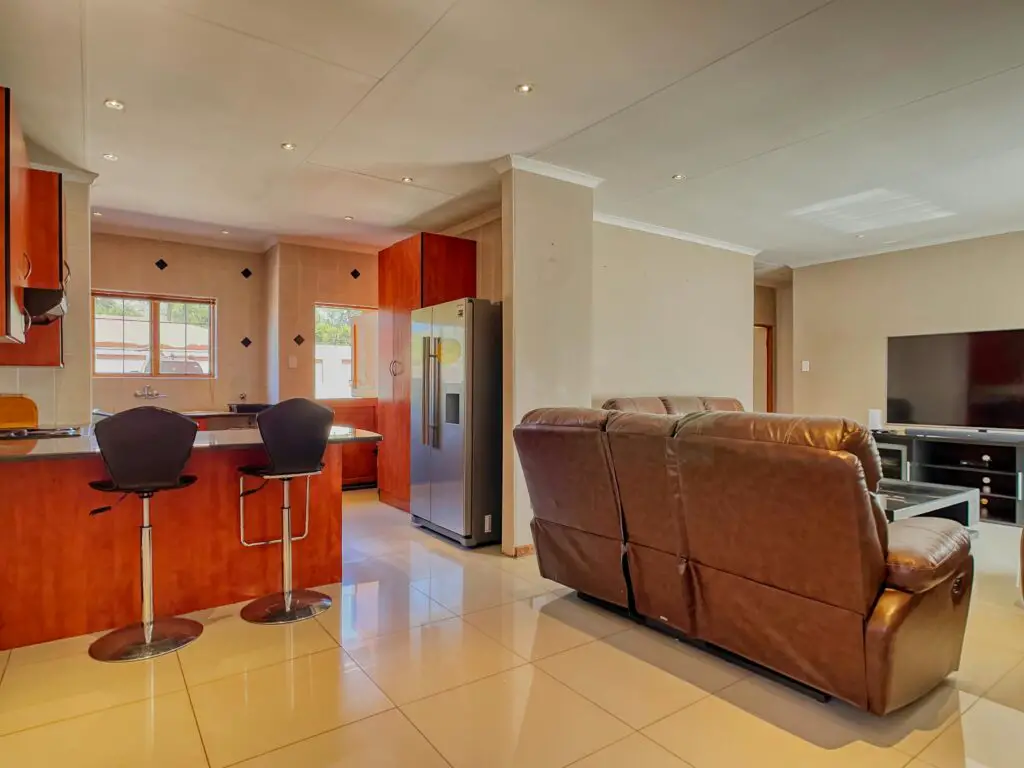
Open floor plans are popular, but in rushed flips, they often feel forced or weirdly proportioned. A living room that opens into the kitchen without any logical flow, or a dining space squeezed into a hallway, are big red flags. These layouts suggest a wall was knocked down just to appeal to trends, not because it made sense. A poorly executed open-concept design can mess with lighting, airflow, and functionality.
You’ll also notice things like off-center light fixtures or oddly placed outlets. That’s because electrical elements weren’t moved when the layout changed. Real renovation work reconfigures the space thoughtfully. Fast flips just remove walls and hope buyers won’t ask questions.
7. Single-zone lighting everywhere
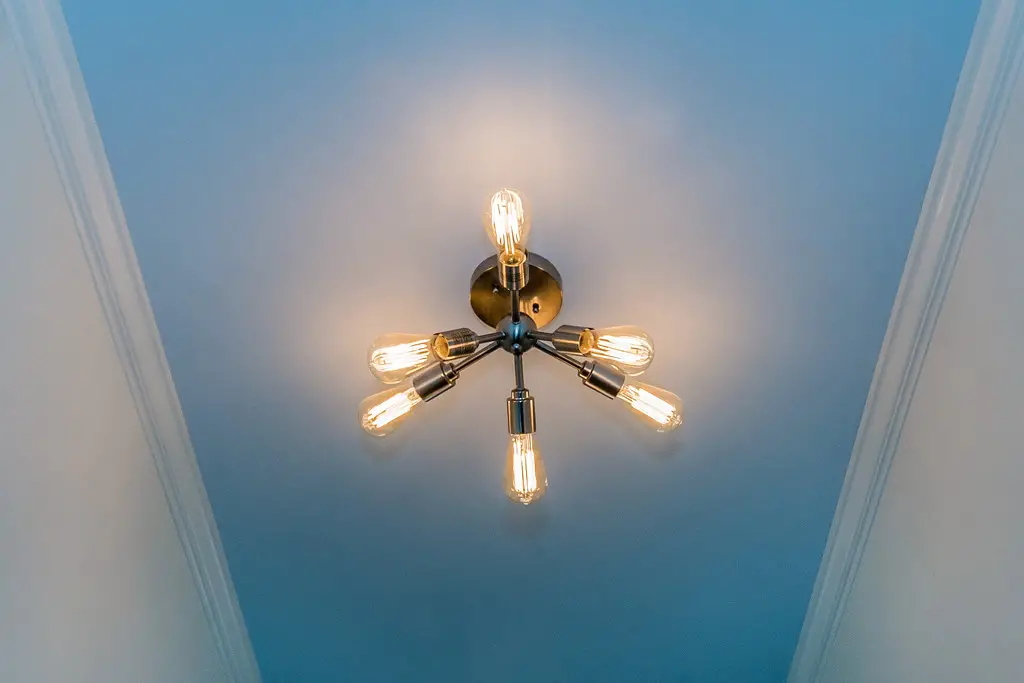
Walk into a room and flick the light switch—does it all turn on at once, with no dimmers or task lighting? That’s usually a sign of a flip done fast. When lighting is all overhead and all on one switch, it means no one thought through how the space would actually be used. Kitchens without under-cabinet lights or bathrooms with only one overhead bulb are good examples.
Thoughtful lighting includes layers: ambient, task, and accent. Flippers on a deadline usually skip all but the first. It might look okay during a daytime showing, but at night, the space will feel harsh and inflexible. Always ask how lighting is wired before you fall for the glow.
8. Cheap vanities with visible seams
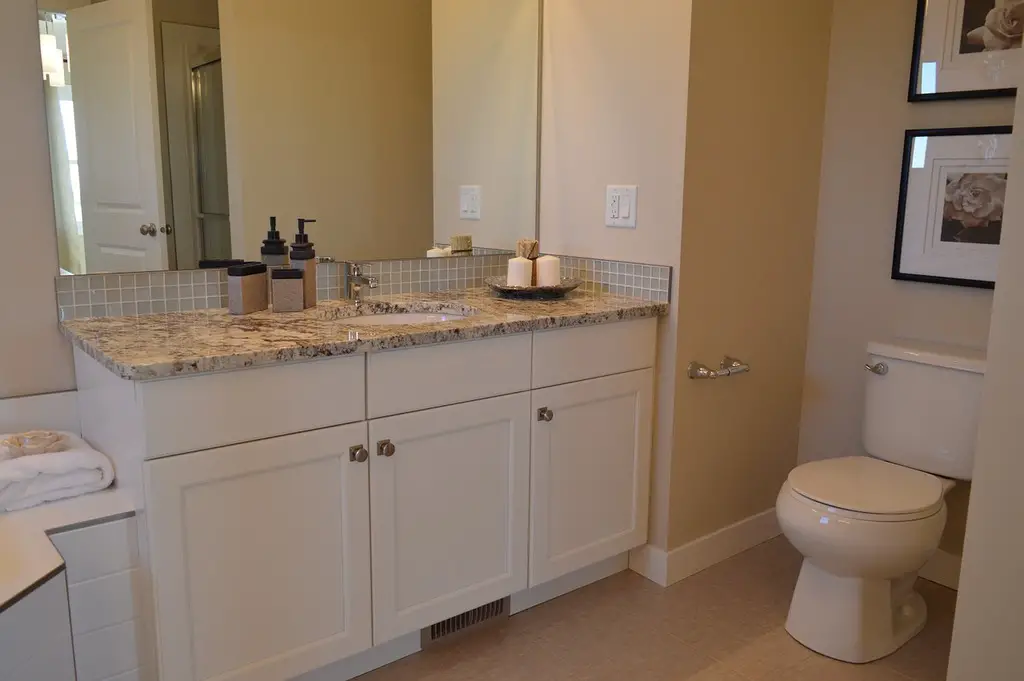
Bathroom vanities are often replaced in fast flips, but many are low-cost prefab options with obvious manufacturing seams. You might see laminate bubbling at the edges or drawers that don’t open smoothly. These types of vanities look good from six feet away but fall apart with regular use. A rushed install might also leave gaps between the vanity and wall or baseboard.
Inspect the plumbing underneath—are the pipes supported properly, or do they wiggle? Are the seals tight and clean, or gooped with caulk? Fast flips prioritize what’s visible above the counter, not the structural integrity below. A solid vanity should feel like furniture, not like something you’d find in a motel.
9. Doors that don’t latch properly
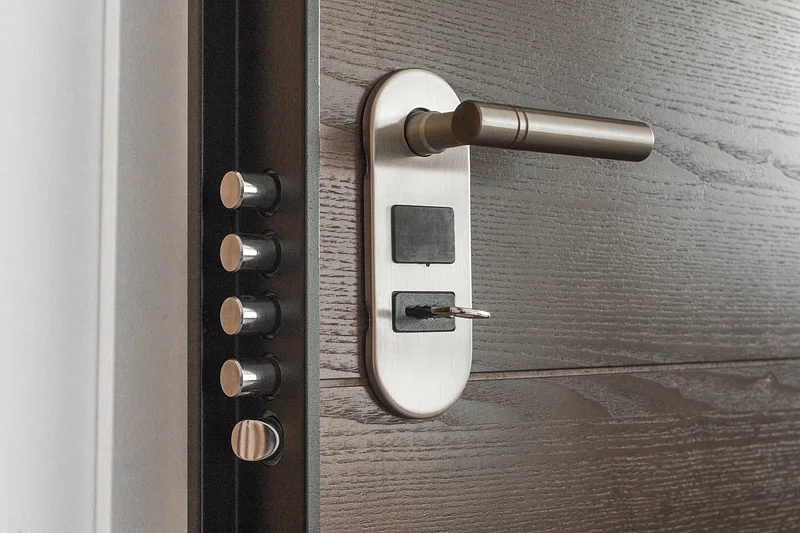
Doors are surprisingly tricky, and in a fast flip, they’re often replaced or adjusted without care. You’ll know something’s off if interior doors don’t close smoothly, don’t align with their frames, or require force to latch. That’s usually a sign of poor installation or a larger issue like uneven flooring. Hinges might not be flush, or strike plates could be misaligned.
Sometimes doors are reused from another part of the house to save money. You might notice paint marks or different hardware that doesn’t match. A quality renovation rehabs or replaces doors to function properly. A rushed flip just gets them “good enough” for a showing.
10. Baseboards with messy caulking
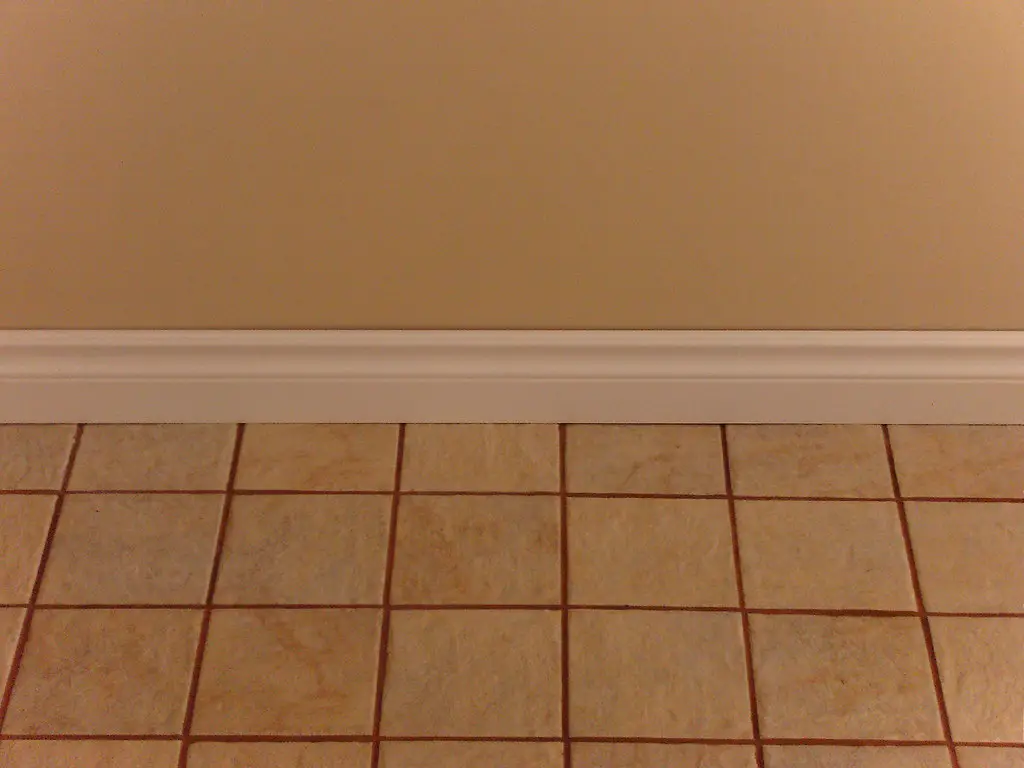
Baseboards and trim work are a finishing detail that’s easy to mess up. In a hasty flip, caulk is often used to hide gaps from poorly measured cuts or uneven floors. If you see thick, globby seams or paint bleeding onto the walls or floors, it’s a clue that finishing work was rushed. Professionals apply smooth, thin lines—bad caulking is a signature of an amateur job.
Sometimes the baseboards are brand new but don’t match the style or age of the home. That visual mismatch is another telltale sign. Good renovators take the time to make trim look seamless and integrated. Fast flippers just try to make the edges look “clean enough.”
11. Random placement of HVAC vents
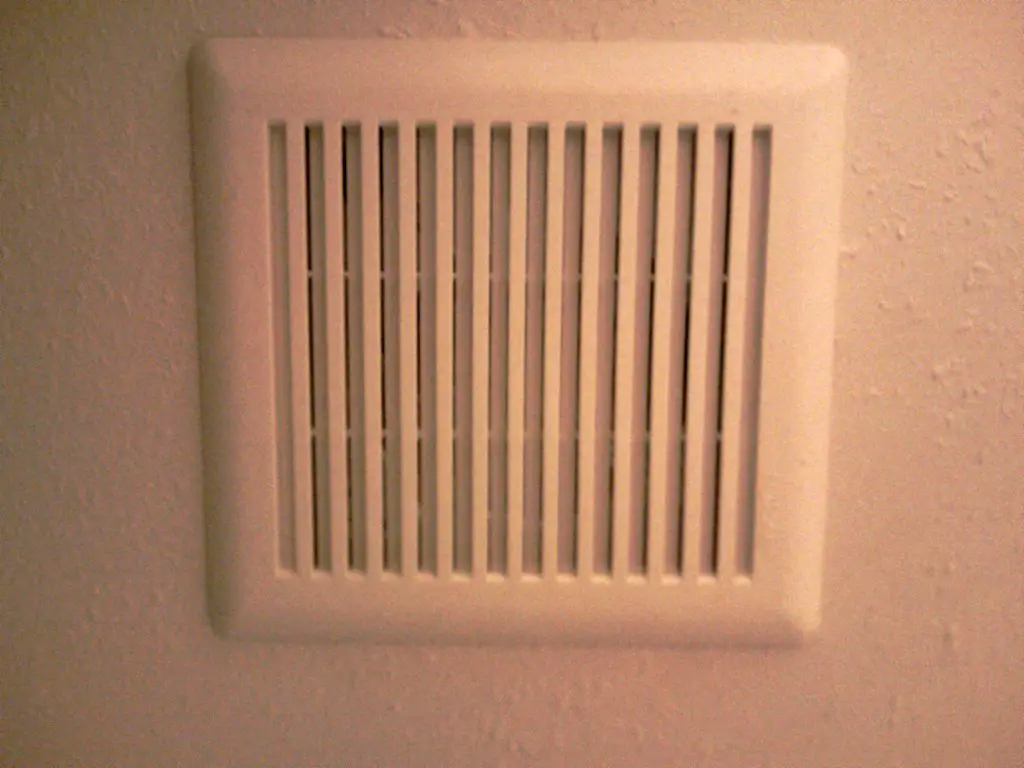
Vent placement may not be something you usually notice, but in fast flips, they often stand out—badly. You might see return vents in odd places, or supply vents blocked by furniture or cabinetry. That’s a red flag that HVAC wasn’t thoughtfully planned during the renovation. Sometimes ductwork is rerouted without proper permits or guidance from HVAC pros.
A rushed flip may also feature mismatched vent covers or grilles painted over carelessly. These little details affect airflow and comfort throughout the house. A legit reno would involve rebalancing the system to suit the new layout. Flippers just try to cover holes and hope for the best.
12. GFCI outlets only in visible spots
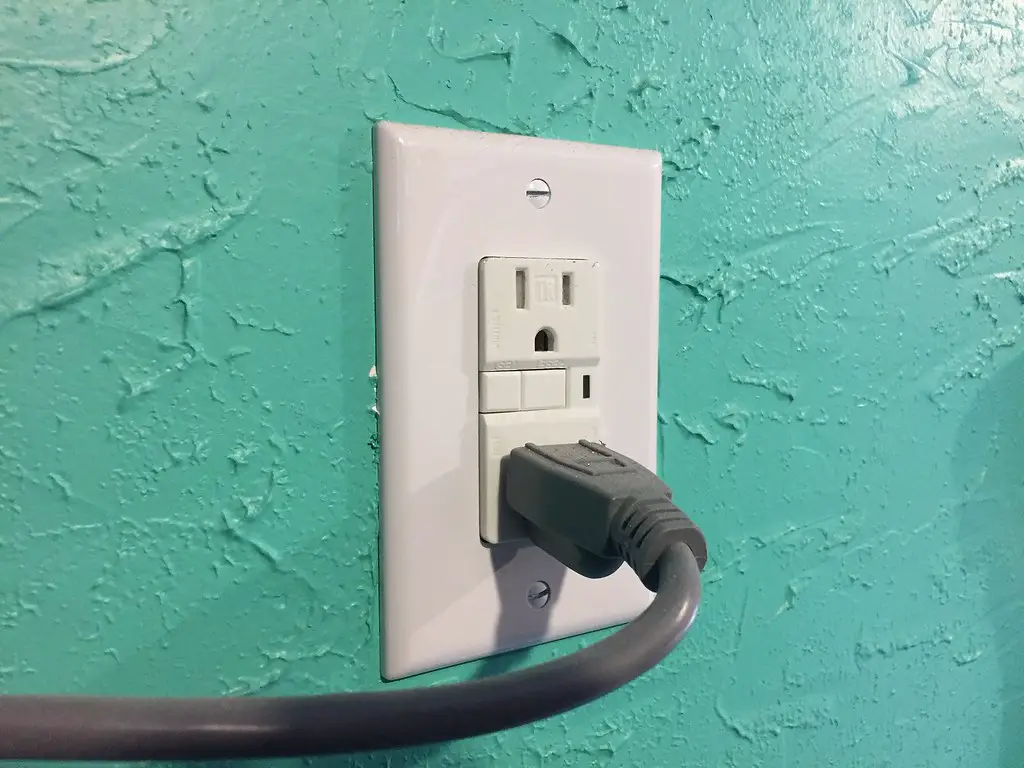
Electrical safety standards require GFCI (ground-fault circuit interrupter) outlets in areas like kitchens and bathrooms. In a rushed flip, you might only find them right by the sink, while other nearby outlets are standard. That’s because flippers often swap just a few visible outlets for GFCIs to satisfy home inspection checklists. But a proper job would include updating the entire circuit for protection.
You can test them easily—GFCIs have “test” and “reset” buttons. If the buttons are missing, the outlet isn’t GFCI-protected. Watch for inconsistencies between rooms too. A professional update would be comprehensive, not cosmetic.
13. No evidence of permits or inspection tags
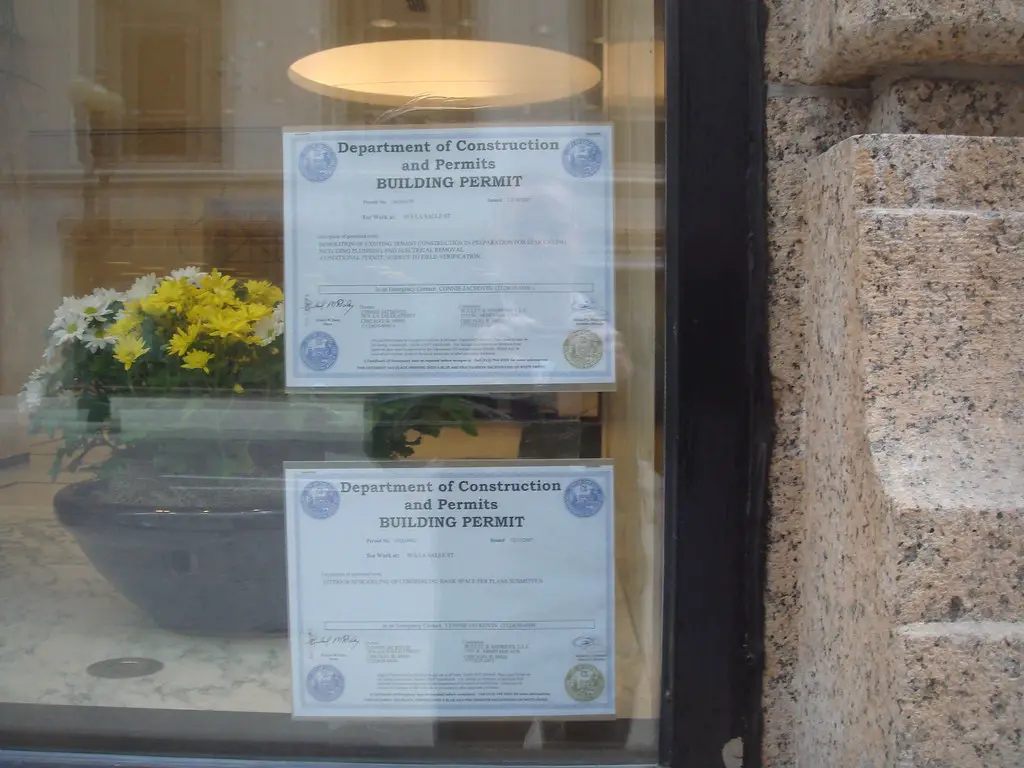
Permits are more than paperwork—they prove that work was done to code. If the flip included major structural, electrical, or plumbing changes but there are no permit records or inspection stickers, that’s a red flag. Many flippers skip permits to save time and money, even though it can lead to huge problems later. You’ll want to check with your city or county to confirm whether permits were pulled.
Ask your realtor or inspector to help you look for evidence of inspections. Sometimes they’re on the electrical panel or under sinks. If everything looks too new and too perfect—but there’s no trace of proper sign-off—it might be a case of “fix now, ask forgiveness later.” Always verify before you buy.
